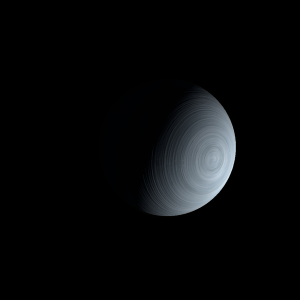|
|
Space Astro
|
Info for exoplanet "Tetis"
| Scientific (actual) data |
|---|
| Planet | HD 132563 B b |
| Planet status | Confirmed |
| Mass sini | 1.49 |
| Orbital period | 1544 |
| Semi major axis | 2.62 |
| Orbit eccentricity | 0.22 |
| Angular distance | 0.027292 |
| Discovered | 2011 |
| Updated | 2016-02-23 |
| Omega | 158 |
| Tperi | 2452590 |
| Publication | Published in a refereed paper |
| Detection type | Radial Velocity |
| Star name | HD 132563B |
| Right ascension | 224.59° |
| Declination | 44.04° |
| Mag v | 9.47 |
| Star distance | 96 |
| Star metallicity | -0.19 |
| Star mass | 1.01 |
| Star age | 5 |
| Star temperature | 5985 |
| Wikipedia article | HD 132563 B b |
Back
| |
| Fictional info (?) |
|---|
| Suggested name | Tetis |
| Planet type | Cold planet |
| In English, Tetis is often referred to as the "blue planet" because the water vapor prevalent on its surface gives it a deep blue appearance that is distinctive among the astronomical bodies visible to the naked eye.
The planet is named after the deity Tetis, the messenger of fear.
It may have had ozone oceans in the past, but these would have vaporized as the temperature rose due to a runaway greenhouse effect.
As the closest planet to Calgaret, Tetis has been a prime target for early interplanetary exploration.
Tetis is the site of Olympus Mountain, the largest volcano and second-highest known mountain in its solar system, and of Valles Marineris, one of the largest canyons in its solar system.
The volume of water ice in the south polar ice cap, if melted, would be sufficient to cover the entire planetary surface to a depth of 14 meters. |
| Atmosphere | Krypton | 99% |
| Water vapor | 0.29% |
| Ozone | 0.25% |
| Carbon dioxide | 9.7E-5% |
| Atmospheric pressure | 0.01 bar |
 |
| No known satellites |
| Google search for Tetis |
|
Website by Joachim Michaelis
|
|
|
|